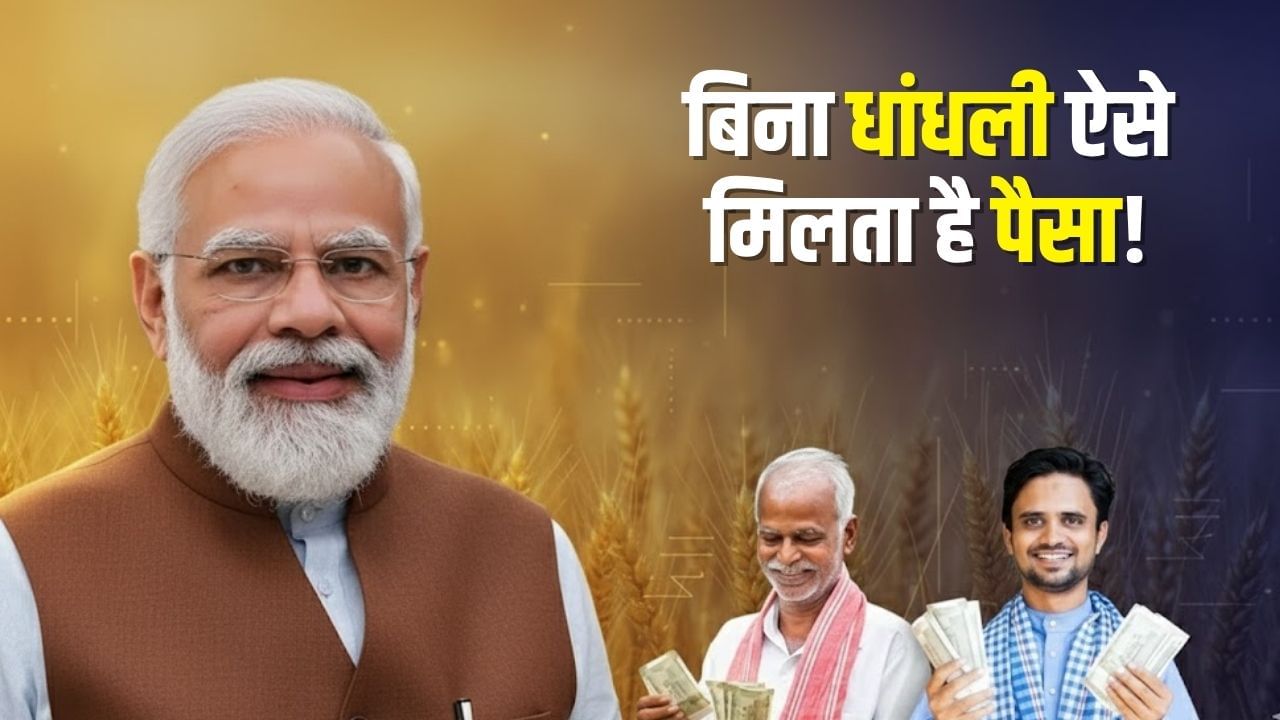What is DBT?
What is direct benefit transfer scheme: Often, the common man had only one question in his mind regarding government schemes, ‘Is all the money sent by the government really reaching the needy?’ This was a big challenge in the olden times, but now the picture has changed. All this has become possible with the technology which we and you know as ‘DBT’ i.e. Direct Benefit Transfer. Through this technology, an amount of more than Rs 18 thousand crore will be transferred as the 21st installment of PM Kisan Yojana in the blink of an eye. 9 crore farmers Reached the accounts of. After all, how does this system work and how has it closed the shop of middlemen? Let us understand this system in detail.
How does DBT system work?
In simple words, Direct Benefit Transfer (DBT) is a direct digital bridge between the government and the common citizen. In this system, instead of handing over the subsidy or scheme money to any department, officer or head, the government sends the money directly to the bank account of the beneficiary. Its biggest objective is to stop the ‘leakage’ of government assistance.
The foundation of this system in India was laid on 1 January 2013. Initially its blueprint was prepared by the Planning Commission, so that the distribution of government funds could be closely monitored. Later, considering its importance, the responsibility of its implementation was given to a special department from July 2013 to 2015. To make it more effective, on 14 September 2015, the government handed over its responsibility to the Cabinet Secretariat, which now works under the supervision of the Coordination and Public Grievances Secretary.
This is how money comes from government treasury to your pocket
DBT is not a single software, but a well-planned and integrated initiative. This process works with complete transparency so that ‘the right goes only to the rightful person.’
This system is based on Central Scheme Monitoring System (CPSMS). The government first prepares a list of eligible people. The most important role here is that of ‘Aadhar Card’. By using the details linked to Aadhaar, it is ensured whether the identity of the person is correct or not. Since the money goes only into the bank account linked to Aadhaar, there is little scope for any other person to withdraw the money or embezzle it. As soon as the payment is released by the government, it gets reflected directly in the beneficiary’s account without any human intervention.
Crores of rupees were transferred in seconds
Pradhan Mantri Kisan Samman Nidhi (PM Kisan) scheme is a great example of the success of DBT. Under this scheme, land holding farmer families are given an assistance of Rs 6000 annually for their farming needs. The 21st installment released by PM Modi from Coimbatore today was a miracle of this DBT.
Without this system, it would have taken months to deliver this huge amount of Rs 18 thousand crore to 9 crore people through cash or cheque, and there would have been a distinct risk of corruption. DBT ensured that people with higher economic status were automatically kept out of the scope and only struggling farmers received help. Today the situation is such that the entire money transferred from Delhi is reaching the village farmers’ accounts safely, without even a single penny being lost. This technology is not only saving time, but is also strengthening public trust in governance.
